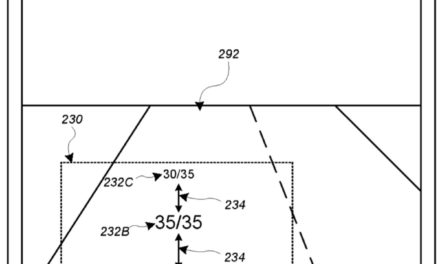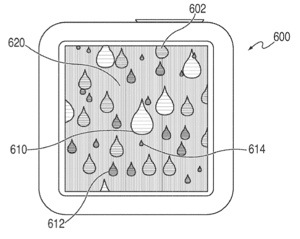Apple wants to further improve Bluetooth performance on its various devices. The tech giant has filed for a patent (number 20220353831) for “distributed and synchronized Bluetooth scan across multiple devices for faster Bluetooth.”
About the patent filing
Bluetooth devices can use advertising and scanning (and/or paging and scanning) to find each other and establish connections. A listening Bluetooth device is configured to scan different channels to determine whether any of the channels include advertising packets and/or packets addressed to the listening Bluetooth device.
In the patent filing, Apple notes that a tradeoff exists between how fast the listening Bluetooth device can connect to another Bluetooth device and the battery life of the listening Bluetooth device. For example, for the listening device to connect faster to the other device, the listening device scans the channels more often and therefore more battery of the listening device is used. On the other hand, to preserve the battery, the listening device can scan the channels less often, which can result in added delay in connecting to the transmitting device.
Apple notes that if multiple devices belong to a group and would like to connect a remote device, each device in the group will be scanning independently from the other devices of the group. In this case, the scanning windows of the devices of the group will overlap that will result in inefficiencies in finding the remote device and in inefficiencies of power budgets at the devices of the group. Apple wants to overcome such issues.
Summary of the patent filing
Here’s Apple’s abstract of the patent filing; “Some aspects of this disclosure include apparatuses and methods for implementing a synchronized short range communication protocol scan mechanism across multiple devices. Some aspects relate to an electronic device including a transceiver configured to communicate based on a short range communication protocol and a processor communicatively coupled to the transceiver.
“The processor receives one or more parameters from a peripheral electronic device and determines, based at least on the one or more parameters, one or more synchronization parameters. The processor further transmits the one or more synchronization parameters to the peripheral electronic device. The one or more synchronization parameters can include at least a scan offset associated with the peripheral electronic device.”
Article provided with permission from AppleWorld.Today





